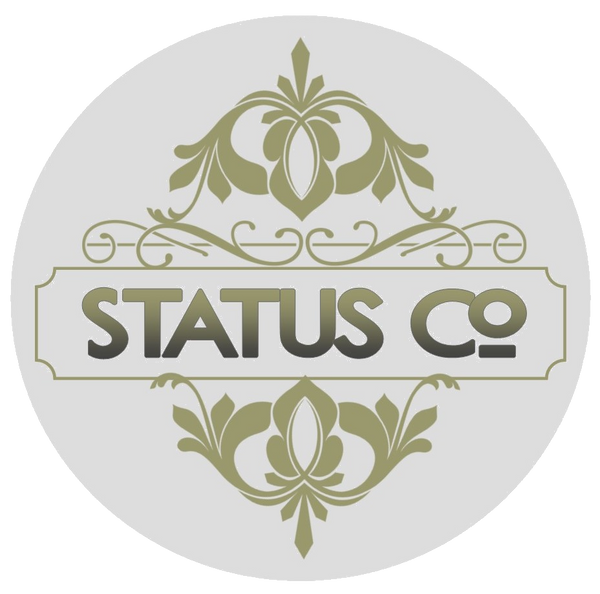Leather has long been admired for its durability, versatility, and timeless appeal. However, concerns about animal welfare and environmental impact have led to increased scrutiny of the leather industry. In this article, we delve into the sustainable side of leather, shedding light on responsible practices, innovative approaches, and the quest for a more ethical and eco-friendly future.
The Circular Economy of Leather: Unlike synthetic materials, leather is a natural resource that can be part of a circular economy. By choosing leather from responsible sources and extending its lifespan through proper care and maintenance, we reduce waste and the need for constant production. Vintage and upcycled leather products further exemplify the circularity of this material, providing unique and sustainable fashion choices.
Byproduct Utilization: A key aspect of leather's sustainability lies in its utilization as a byproduct of the meat industry. Rather than discarding animal hides, responsible tanneries transform them into leather, minimizing waste and maximizing resource efficiency. This practice ensures that the entire animal is utilized, aligning with the principles of ethical and sustainable production.
Improved Tanning Techniques: Tanning, the process that converts raw hides into durable leather, has historically been associated with environmental concerns due to the use of toxic chemicals. However, advancements in technology and sustainable practices are revolutionizing the tanning process. Eco-friendly alternatives like vegetable tanning, which employs natural plant extracts, reduce the environmental impact and improve the safety of workers.
Traceability and Transparency: Ensuring the sustainability of leather starts with transparency and traceability throughout the supply chain. Responsible brands are increasingly prioritizing the sourcing of leather from suppliers that adhere to ethical and environmental standards. This commitment allows consumers to make informed choices and support companies that prioritize animal welfare and sustainable practices.
Innovation in Leather Alternatives: While traditional leather remains a sought-after material, innovative alternatives are emerging. Lab-grown or plant-based materials, such as mushroom leather or pineapple-based Piñatex, offer cruelty-free options with a lower environmental footprint. These alternatives provide additional choices for consumers seeking sustainable and vegan options.
Ethical Animal Husbandry: Sustainability in the leather industry requires a focus on ethical animal husbandry practices. Organizations like the Leather Working Group (LWG) work towards ensuring that the animals involved in the production of leather are treated humanely and that their welfare is safeguarded.
Longevity and Durability: Leather's inherent durability is a testament to its sustainability. With proper care, leather products can withstand the test of time, reducing the need for frequent replacements. This longevity contributes to a more sustainable consumption pattern by reducing waste and resource consumption.
The sustainability of leather is not solely determined by the material itself but rather by the practices and choices made throughout its lifecycle. Responsible sourcing, improved tanning methods, transparency, and innovation in alternatives all contribute to a more sustainable leather industry. By supporting brands that prioritize ethical and sustainable practices, consumers can be part of the transformation towards a leather industry that balances tradition and responsibility, ensuring a more sustainable future.

